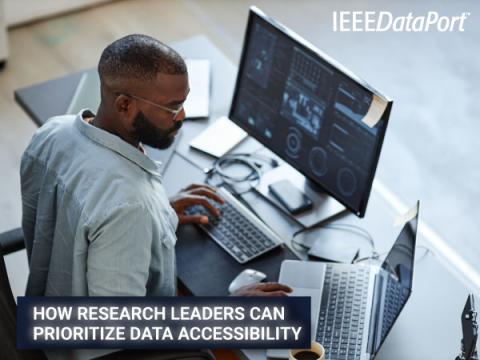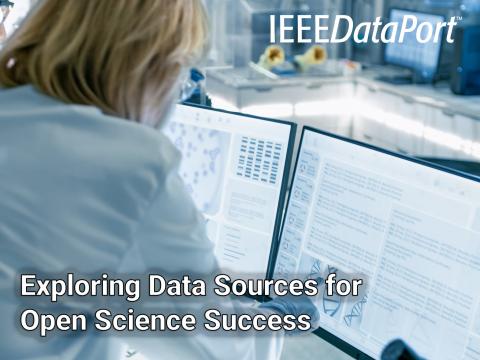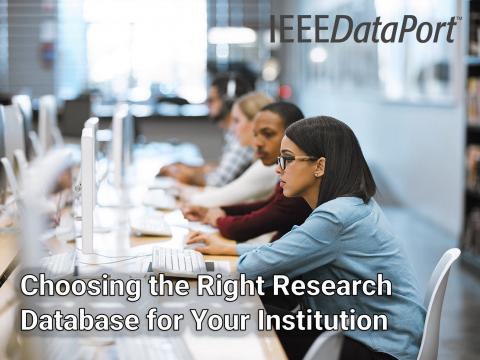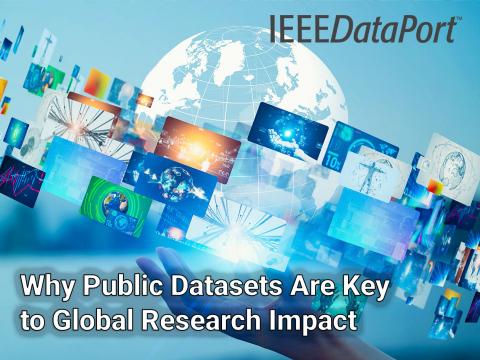Data Availability vs. Accessibility: Here’s the Difference
The era of data-driven research has transformed academia, empowering institutions and researchers with vast amounts of information to address global challenges. However, two key concepts often get overlooked in this landscape: Data Availability and Data Accessibility. Though closely intertwined, they serve different purposes and require unique strategies to optimize their potential.
Understanding the distinction between the two is critical for academic institutions to enhance research quality, meet compliance requirements, and remain competitive. This post will explore the differences, their roles in successful research initiatives, and actionable strategies to bolster both. By the end, you’ll also gain insight into balancing these concepts effectively for academic success.
What is Data Availability?
Imagine you’re conducting critical research, but the data you need doesn’t exist, is incomplete, or is scattered across disparate systems. This is where data availability comes in.
Data availability refers to the timeliness and reliability of having data present when researchers need it. For academic institutions, this involves ensuring robust data storage infrastructures, reliable backups, and proper access permissions to enable researchers to retrieve material whenever required.
Challenges to Data Availability
Even when institutions house large volumes of data, ensuring seamless availability can be challenging. Some common issues include:
Limited Datasets: Sometimes, the specific data needed for research doesn’t exist or is incomplete because it hasn’t been curated yet.
Fragmented Data Systems: Information distributed across multiple platforms or departments can complicate research efforts.
Insufficient Backups: A failure to keep multiple, secure copies of data can lead to catastrophic loss, particularly in fields like genomics or climate science where datasets are massive.
Access Restrictions: While protecting sensitive data is essential, overly restrictive access policies can hinder necessary collaboration and research progress.
For example, an institution may own a dataset stored in isolated silos across various departments. While the dataset technically exists, researchers may find it fragmented and challenging to use for cohesive studies.
Improving Data Availability
To address these challenges, many universities opt for institutional subscriptions to centralized research databases. Platforms like IEEE DataPort enable institutions to store data securely, standardize storage protocols across departments, and ensure extensive availability. These solutions reduce fragmentation, allow seamless collaboration, and provide necessary redundancy for long-term preservation. For more recommendations, visit this guide.
What is Data Accessibility?
While availability ensures data is present, data accessibility ensures it is usable. Accessibility measures how easily users can locate, retrieve, and interpret data for their goals. Poor accessibility can leave perfectly available resources untouched.
Challenges to Data Accessibility
There are several barriers that can impede how easily data can be accessed, including but not limited to the following factors:
Complex Formats: If data is stored in difficult or incompatible formats, researchers may struggle to analyze it effectively.
Insufficient Metadata: Without detailed descriptions (metadata), datasets can be hard to search or interpret accurately.
Platform Limitations: Tools or systems that require specific software and hardware can exclude users without access to them.
Permission Barriers: Data that lacks clear sharing protocols or requires numerous permissions might discourage its retrieval entirely.
Consider a scenario where a university provides a dataset, but it’s in a format that requires specialized software unavailable to most researchers. Though available, the data’s inaccessibility results in its underutilization.
Improving Data Accessibility
To ensure that available data is also accessible, institutions can implement several strategies, such as standardizing data formats (e.g., using CSVs or PDFs), employing robust metadata practices, and investing in platforms like IEEE DataPort. The platform simplifies accessibility through advanced filtering tools, multi-format compatibility, and collaborative features. Institutions can explore more strategies for improving accessibility here.
Key Differences Between Data Availability and Accessibility
While the two concepts often intersect, understanding their distinctions is essential to address them effectively. Here’s a quick comparison:
Definition:
Availability ensures data exists when needed.
Accessibility ensures data is usable for the researcher’s goals.
Focus:
Availability revolves around storage systems, backups, and redundancy measures.
Accessibility focuses on user experience, metadata, and format compatibility.
Challenges:
Availability may face issues like restricted access policies or insufficient backups.
Accessibility is hindered by unclear metadata, complex data formats, or platform exclusivity.
Measurement:
Availability is binary (data is either present or not).
- Accessibility exists on a usability spectrum (data can be easy or difficult to retrieve and use).
Why Do Both Matter in Academic Research?
Focusing on just one of these concepts often leads to missed opportunities and subpar research outcomes. Here’s why both are crucial to achieving academic success:
Data Availability ensures researchers have a sufficient quantity of information necessary for their studies. Without availability, significant avenues of research become infeasible.
Data Accessibility provides researchers with the tools and clarity necessary to analyze available information for actionable insights and well-informed decisions.
The Risks of Neglecting Availability and Accessibility
Neglecting either concept can result in research disruptions, compliance penalties, or missed breakthroughs. For example:
A clinical trial could be halted due to poorly managed or inaccessible patient data.
A promising scientific study may fail replication because its original dataset wasn’t properly documented.
Projects may lose critical funding for failing to meet data-sharing requirements in grant proposals.
Balancing both, however, ensures that research datasets are available for retrieval and rich with insights that the academic community can benefit from.
Best Practices for Balancing Data Availability and Accessibility
Trying to strike a balance between these two requires intentional strategies. Below are actionable recommendations to optimize both areas.
Backups & Redundancy
Storing data across multiple systems ensures availability, even during hardware failures. For best results, implement the 3-2-1 backup rule (three data copies, two different formats, one off-site). Learn more here.
Standardized Formats
Store data in accessible formats like CSVs, PDFs, or XML with structured metadata to simplify usability across platforms. Standardization examples.
Centralized Platforms
Tools like IEEE DataPort consolidate institutional datasets, improving both availability and accessibility under a unified infrastructure.
Permission Management
Use tools with role-based access protocols to eliminate unnecessary barriers while maintaining security.
Regular Audits
Conduct frequent data inventory audits to identify and fix gaps in availability or usability.
Tips for Leveraging IEEE DataPort for Data Accessibility & Availability
IEEE DataPort empowers academic institutions to simplify data management, enhance availability, and improve accessibility through its myriad of features:
Seamless sharing capabilities enable global research collaboration.
Multi-format export options support compatibility across platforms.
A user-friendly dashboard accelerates data discovery, saving researchers valuable time.
When optimized, platforms like IEEE DataPort can help academic institutions meet compliance requirements, attract funding, and advance groundbreaking discoveries.
Achieving Research Excellence Through Balanced Data Management
Balancing data availability and accessibility isn’t just an operational need; it’s a strategic imperative for academic institutions. Ensuring datasets are both present and useful unlocks unprecedented opportunities for collaboration, innovation, and reputation-building.
Start your data management transformation by exploring the features of IEEE DataPort and enhance your institution’s research impact today.
- 19 reads



